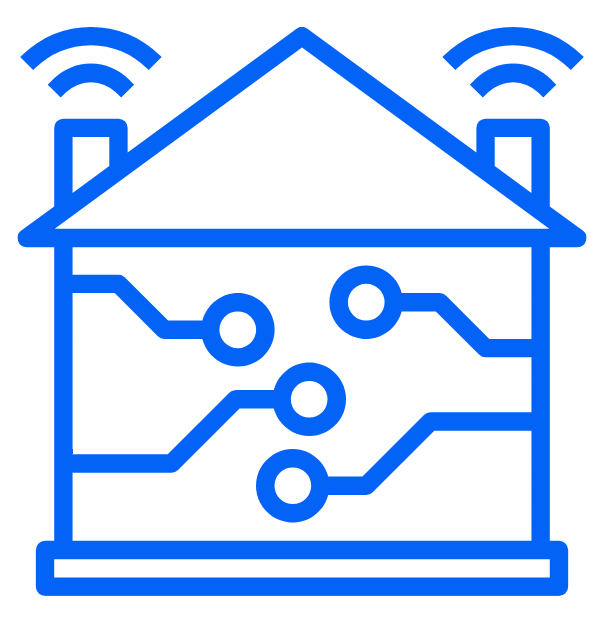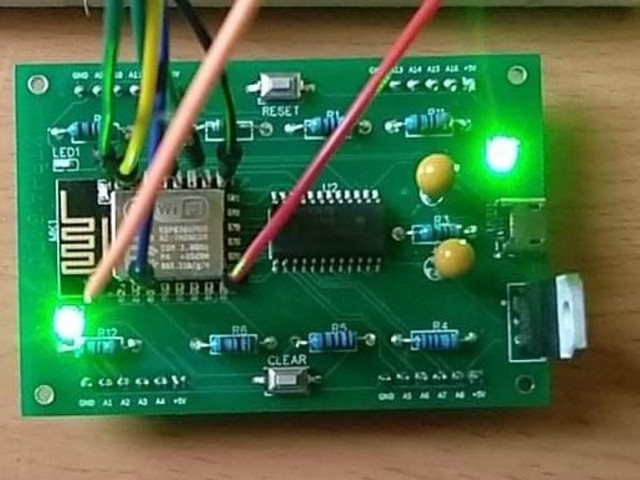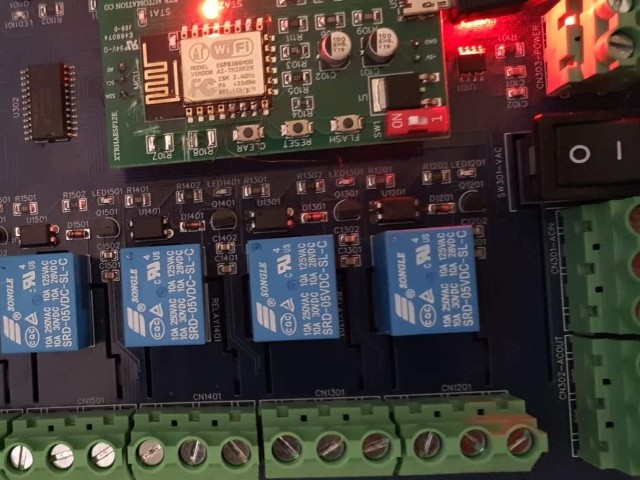This case study presents part of our automation solution implemented for one of our customers in Consolacion, Cebu. We deeply value our customers' privacy and security, hence all personally identifiable information are excluded from the discussion.
For the purpose of uniform understanding, the following definitions are adopted from the Philippine Electrical Code (PEC) Section 1.1.1.
- Appliance
- Utilization equipment normally built in standard sizes or types and installed or connected to perform one or more functions.
- Device
- A unit of electrical system, other than a conductor, that is intended to carry or control but not utilize electric energy.
- Equipment
- A general term including materials, fittings, devices, luminaires, apparatus and the like used as a part of, or in connection with, an electrical installation.
- Luminaire
- A complete lighting unit consisting of a lamp together with the parts to distribute the light, to position and protect the lamp, and to connect the lamp to the power supply.
- Utilization Equipment
- Equipment that utilizes electric energy for electronic, electromechanical, chemical, heating, lighting, or similar purposes.
THE PROBLEM
Our customer was looking for a way to exercise control over some appliances such as luminaires and other utilization equipment in the premises through smartphones. All occupants of the premises need to be able to see identical information on their smartphones about the present status of the utilization equipment under control.
THE SOLUTION
To achieve this, smart switches are installed to replace some existing conventional switches that supply electric current to the utilization equipment, and an automation server is deployed on their wireless local area network (WLAN) to remotely control the smart switches.
Sonoff 3-gang smart switches are chosen for this project and the Raspberry Pi 4 is used as the automation server host. The Raspberry Pi 4 is a single-board computer (SBC) the size of a human palm. The automation server itself is based on Home Assistant, an open-source automation software used by a global community of Internet-of-Things (IoT) equipment makers.
The Sonoff switches are loaded with custom firmware to make it interoperable with the Home Assistant automation server on the Raspberry Pi 4.
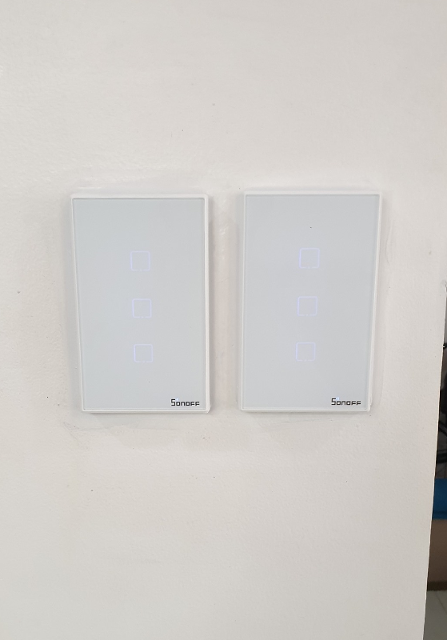
Figure 1. Smart switches for lights from Sonoff.
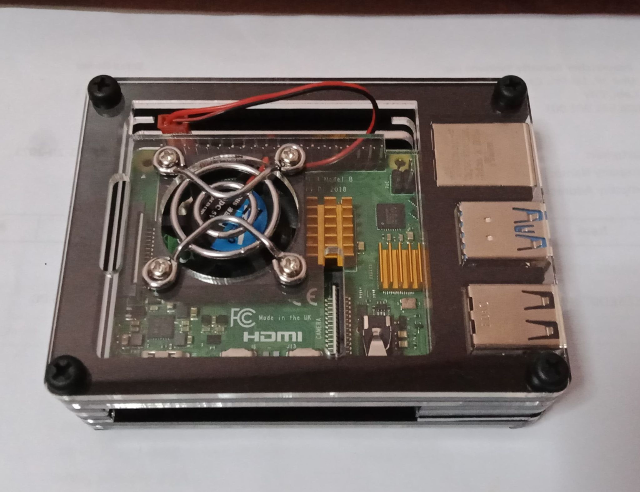
Figure 2. Raspberry Pi 4 with custom enclosure.
Normally, if only one or two conventional switching devices are replaced with one or two brands of smart switching devices, end-users can simply download the corresponding mobile apps, connect directly to the smart switch over Bluetooth or its WiFi hotspot, and toggle it on or off.
But if multiple conventional switches are replaced with multiple brands of smart switches spread over a wide area with several walls or floors that block weak Bluetooth or WiFi hotspot signals, with multiple end-users (including strangers) having those corresponding mobile apps on their smartphones accessing those smart switching devices, then such scenario becomes an operational and cybersecurity nightmare.
To avoid such problems, the Raspberry Pi 4 SBC serves as the point of contact of all switching devices and all smartphones, thereby acting as the primary command center on the local network. This command center can be accessed on different wireless access points configured on the same WLAN across several walls or over several floors.
The home automation server on the SBC is configured to be intuitive and friendly, so that even children and the elderly will find it a joy to use. The automation server is password-protected, so only those who know the secret code can gain entry. Users can opt to stay logged in on their smartphones for quick access to the virtual control panels.

Figure 3. Main virtual control panel.
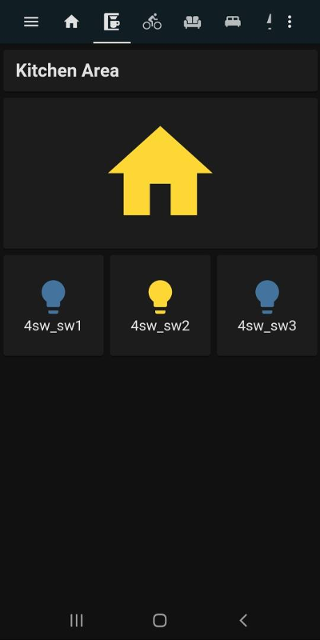
Figure 4. Kitchen virtual control panel.

Figure 5. A luminaire powered by a smart switch, controlled by the automation server.
In the event of failure of the single-board computer, the occupants of the premises can still turn the smart switches on and off the conventional way, a.k.a. manually, until a replacement for the SBC can be redeployed. No catastrophic loss of control happens when the automation server is removed from the network.
CONCLUSION
This case study demonstrates how automation systems work towards the benefit of its users. Control and convenience are bundled together into one neat package. A few changes on the installed devices, from conventional to smart, enable people to integrate their entire premises into those handheld gadgets they have in their pockets everyday.
